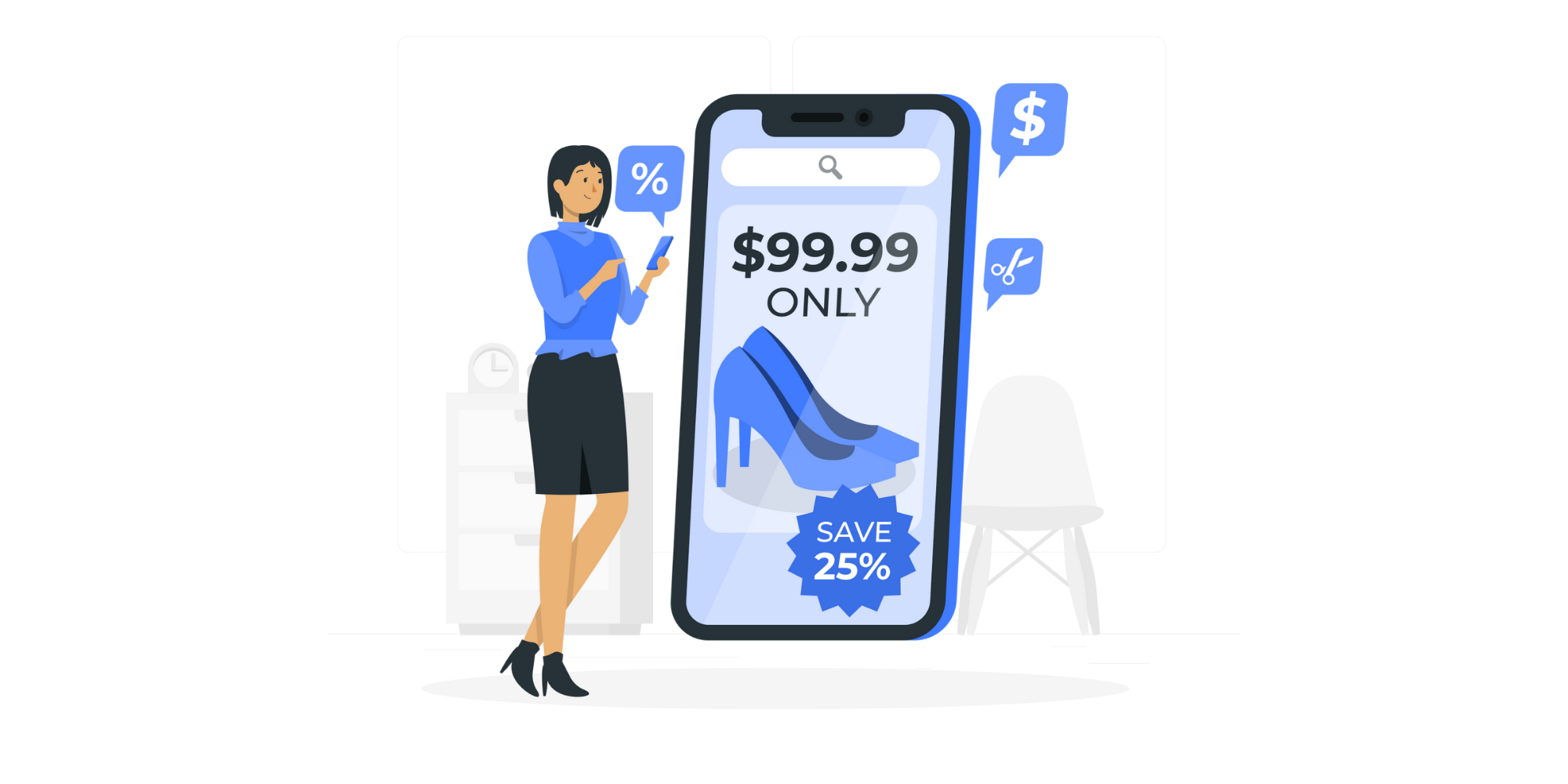When you want your online business to perform effectively in the long term, you need to consider various price tactics that fit best your company’s selling strategy. One of such is the famous price discrimination, also known as price differentiation.
So, what actually is the price discrimination? It is a microeconomic strategy, which lets a company charge a customer a different price for the same goods. The reason for this practice is that a certain group of customers is willing to pay more or less based on consumer metrics or on how they value a desired product or service.
It is a great opportunity for the business to capture the market’s consumer surplus and enable consumers to match their purchasing and shopping expectations. Price discrimination is not illegal. Moreover, it is a natural part of a well-thought strategy to maximize a profit from a targeted group of buyers.
Price discrimination types
We distinguish three typical price discrimination types on the market:
1. First-degree discrimination (or perfect price discrimination) – retailers let cusotmers pay for the product as much as the customers are willing to pay. It happens especially with high-end products not available among other brands or manufacturers like MacBook, iPhone, luxury goods, or even medicine. This type of price discrimination is perfectly personalized to consumer behavior.
2. Second-degree discrimination – the more customer purchases, the lower per-unit cost a retailer is willing to offer. It sounds quite fair and attractive for buyers, so the strategy often works for wholesales, consolidators, product sets, additional discounts, or promotions.
3. Three-degree discrimination – retailer measures certain attributes of costumers like age, occupation, location, interests, lifestyle, and fits the price perfectly to make it even more attractive to the specific profile of the targeted group. This type of price discrimination is perfectly personalized to consumer expectations and gives a wide range of opportunities for successful selling products.
However, there are even more types of price discrimination or varieties depending on selling strategy:
4. Two-part tariff – when the producer charges an initial fee, then a secondary fee for the use of the product, and it is pretty similar to second-degree discrimination. One of the examples is Brita water filter pitcher. The customer pays an initial cost for the water pitcher and then pays again for the replacement cartridges.
5. Bulk discounts – applying to the second-degree in most cases.
6. Incentive discounts, loyalty programs, seasonal discounts, incentive discounts, or general prices that vary by location – defined to a targeted group of buyers.
When can you use those types?
To apply them successfully, you need to meet some conditions:
- have a sufficient market position or power
- have to identify differences in demand according to customers segment
- your business must be ready to separate and protect its products from being resold by one group to another, according to the second-degree
- have to recognize competition strategy in pricing to respond even better
We are ready to help you achieve that! Check out our solutions:
Finally, when all conditions are met, you can:
- estimate the moment your business is now
- build knowledge, how things work around your business and competitors
- know expectations and behavior of your customers
- gain an ability to react immediately when an opportunity appears
That’s it and not that hard either!
When the internet exploded in the middle of the 2000s, and online purchasing started to bloom, some economists began wondering whether Big Data could extract customers’ own personal demand metric — thereby turning the theory of perfect price discrimination into reality.
Nowadays, it is an everyday practice! You can gather any data, not only about your customers but also about competition price tactics to respond even better.
No doubt, price discrimination can improve your economic score. All you need is the sufficient data mentioned above to balance it wisely. The more you know about the market environment and customers around your business, the better you react to the market environment, circumstances and opportunities, like setting prices more flexibly to gain your selling and business position.
Don’t be afraid of being successful in your strategy!

